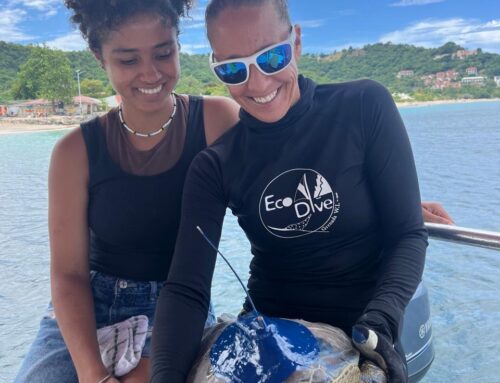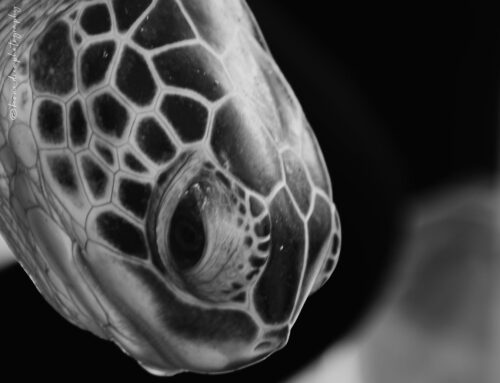So diving with a pair of Geologists this week my taxonomy and phylogenetic knowledge got put on the spot – and caught me racking my brain. So with my tail between my legs but a smile on my face I dug up a few tidbits … so for all those who may join me in confusion some more info with thanks to some credited sources below …
CNIDARIANS: All corals are members of the Animal Kingdom and classified in Phylum Cnidaria. This phylum also includes hydroids (those pesky little stinging plants on the descent line), jellyfish and anemones.
BRYOZOANS: Also under the Animal Kingdom but in a different Phylum Ectoprocta
“Marine organisms called “corals” and freshwater and marine “bryozoans” belong to separate animal phyla. The phylum is the highest (greatest difference) category for classifying organisms, and corals and bryozoans, although generally alike in many aspects of their construction, are very different kinds of creatures. Corals are in the phylum Cnidaria while bryozoans are in the Ectoprocta (a smaller group, the Entoprocta, are also called bryozoans but do not build large colonies). Like the colonies of each group, the principal biological “units” that build a coral or bryozoan colony are superficially similar in appearance. The coral unit is the polyp while the bryozoan unit is the zooid. Both have tentacles used to capture prey and their bodies are permanently fixed to the colony mass, i.e. sessile. Both coral polyps and bryozoan zooids are able to extend from and contract within the colony matrix. However, closer examination reveals dramatic differences in the two organisms. The coral polyp is a very simple beast, its body being solid and composed of only tissues. A cavity in the center of the animal is used for digestion but is in no way a true stomach or intestine. The bryozoan zooid, on the other hand, is a complex animal with tissues, organs and a distinct body cavity that has nothing to do with digestion. Food is processed through a distinct stomach and an intestine, constituting a complete organ system, and passes out of the body through an anus. In their own way, both creatures generate large colonies of themselves. The most familiar to all of us of course are corals in tropical oceans which construct massive reefs. While not as dramatic, freshwater bryozoan colonies live a similar lifestyle, forming large, extended colonies that can cover large portions of the substrate in freshwater habitats.”
http://www.bio.umass.edu/biology/conn.river/corals.html




